I’m standing in the middle of a rice field somewhere between Santhià and Vercelli, and I’m crying. The app on my phone that’s supposed to tell me where I am in relation to where I’m going has stopped working and refuses to reload. I haven’t seen a trail marker in a while, and, given that rice fields pretty-much all look the same to me, I have no idea what to do. It’s only 8:30, and it’s already getting hot. And so, out of solutions, for the twentieth time in the last week I scream aloud, “What the actual fuck am I doing here?”
Such is the life of the pellegrino.
Last autumn I decided to walk the Via Francigena, an ancient route that connects Canterbury to Rome. I started a few days ago in Aosta, Italy and, if I can ever figure out how to unravel this rice field, I should arrive in Rome in the beginning of June.
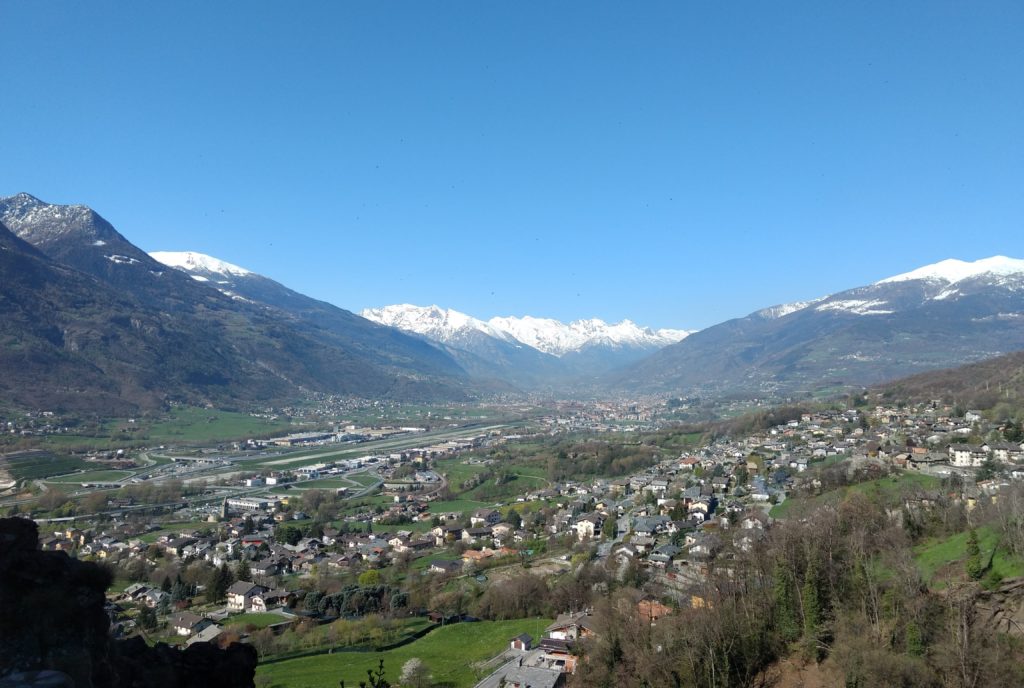
On one hand, it doesn’t make sense that I’d be doing this. I’m not Catholic. I’m not religious. I don’t get excited when I pass churches. I don’t even check “spiritual but not religious” when filling in demographics. But on the other hand, I suppose it makes perfect sense. After nine months (and a lifetime, if I’m perfectly honest) of wandering around with no real purpose or direction, it seems inevitable that I’d be enticed by something that puts a clear destination in mind.
That said, like most things in my life, my decision was a bit spontaneous. I haven’t had a lifelong dream to walk across Italy (in spite of the easy access that gives me to wine, bread, and cheese). No, while in Paris I read The Worrier’s Guide to the End of the World, a book recommended by Adventurous Kate, a travel blogger I follow, and in the book the author and a friend walk a section of the Via Francigena together. On about page ten I said, “Hmmm. That sounds cool. I want to do that.”
And so here I am.
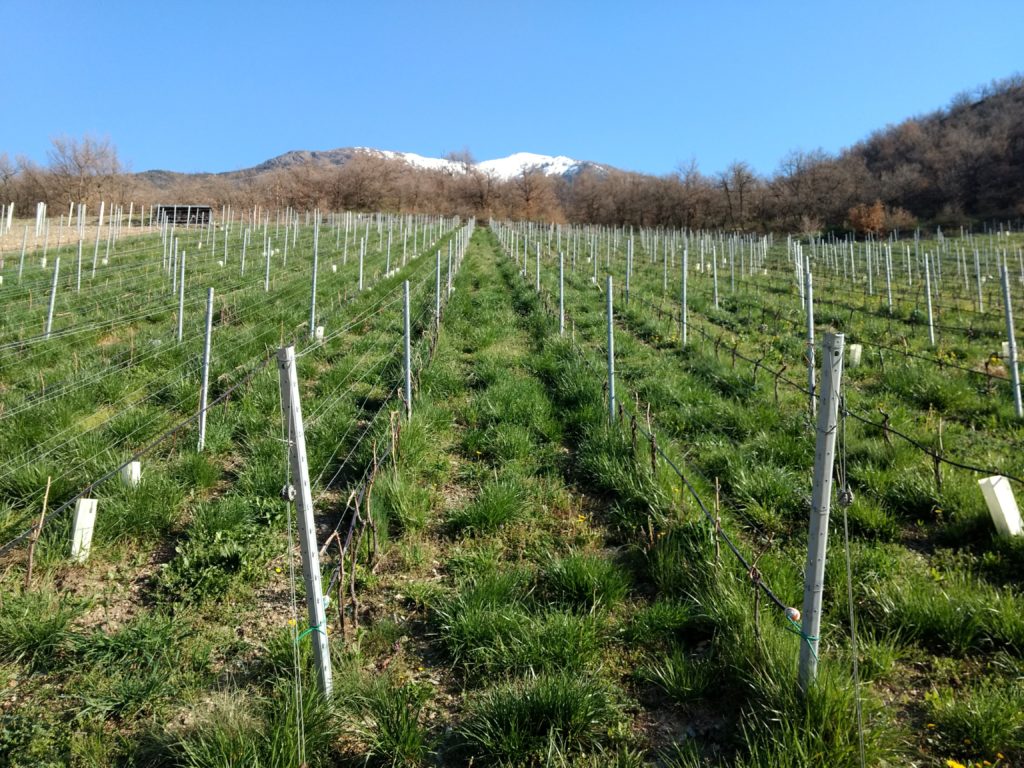
It’s kind of overwhelming, walking almost 1000 kilometers (for my American friends that’s 600 miles) by myself, on a route most people outside the area have never heard of, in a country where I don’t speak the language.
The first day was horrible. Literally one of the most physically challenging days of my life. I hiked about 30 kilometers in the Italian Alps, lugging a pack that was too heavy, much of the day in the direct sun (because of course Northern Italy was going through a freakish heat wave). I almost quit countless times and only decided to keep going because the guest book at the tiny hotel I stayed at in Châtillon had a comment from a woman eight years ago that said, “I’ve been hiking since Canterbury and by far Aosta to Châtillon has been the hardest day.” That made me feel like less of a loser for being such a saggy, weepy puddle.

When you walk in solitude for hours at a stretch, you do a lot of thinking. I spent a lot of time those first days thinking about what makes a person keep going. A lot of people say that getting started — that first step — is the most difficult, but I don’t find that to be true. While a person should be proud for starting, remembering that most people never even tie their laces, I find that the first step of a challenge like this is pretty easy, even exciting, as it’s on the heels of weeks — if not months or even years — of preparation.
Yes, there’s typically an anxiety that surfaces at the starting line, but that anxiety often manifests itself in a burst of energy. The problem is it’s hard to know how to keep going when that energy dissipates, when the reality of the long haul sets in. This is one of the reasons why gyms are packed on January 2nd but empty on February 2nd. Or why long-distance runners burn out midway through a race; they start out running faster than they usually do, fueled by coffee and adrenaline, and hit the wall a few miles in.
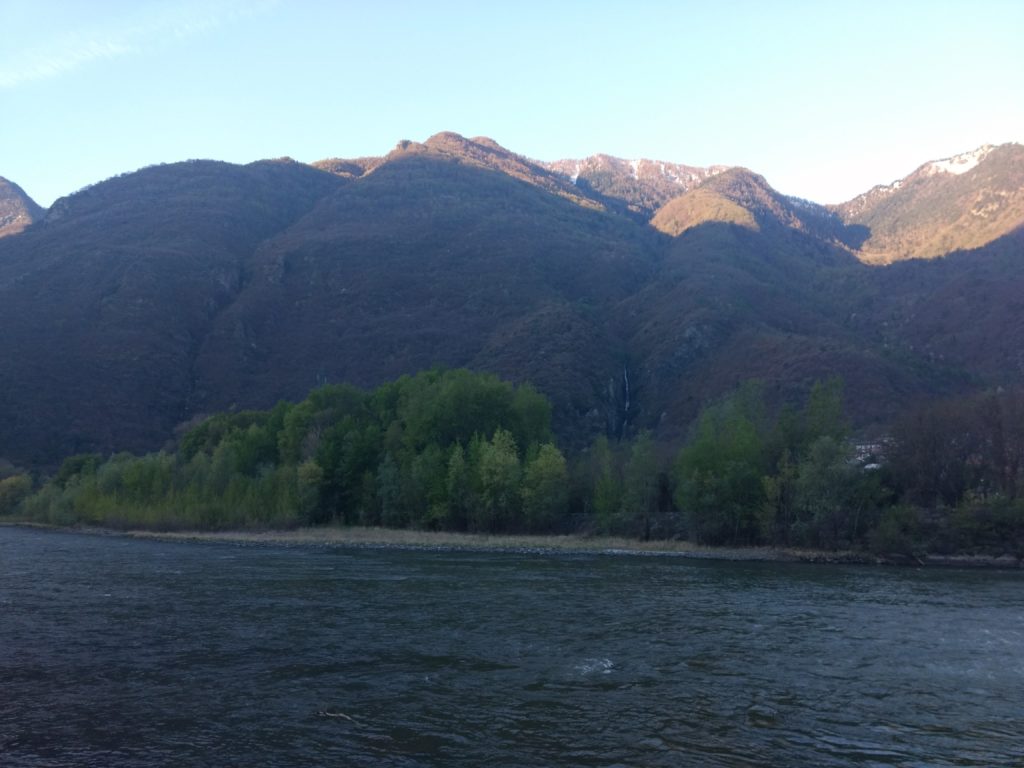
A few years ago, I completed a triathlon. It was only a sprint, so not a tremendous distance, but the swim leg took place in the San Francisco Bay. If you’re not from SF, you probably don’t realize that swimming in the Bay isn’t like Baywatch. It’s dark, choppy, and very cold. Normal people don’t just go out and swim in it. But there are a couple of places for swimming where crazy types jump in while wearing wet suits (usually) and loop around a series of buoys.
I had been training in a pool for several months and could swim over a mile, no problem. But the Bay, the Bay was something else entirely. The string of buoys is only a quarter of a mile course, but I couldn’t even make it to the first buoy without having to stop. The water was so cold, and so dark, and not being able to see the bottom was terrifying. At each buoy I stopped and clung to it, worried I was going to have a panic attack. I did one loop, and immediately got out.
Am I proud of myself for swimming in the Bay? Abolutely. But I’m more proud of myself for going back the next week for a second training session, for getting back in the water when I knew how horrible it was. This time I brought a friend who sat by the water and took me for breakfast later, and I found that singing in my head calmed me down (if you’re in a similar situation I suggest “My Favorite Things”). It was still awful, and I still had to stop at every buoy, but I managed to control my panic.
So while I’m proud of day one on the Via Francigena, I’m even more proud of day two (and three, four, five, and on and on) because these days came after that first grueling day. These days came after the reality of long-distance, solo trekking hit me. It isn’t willpower that keeps me going; that implies that there’s some sort of magic involved. No, it’s a matter of making a conscious decision to keep going, to break down the trail into manageable bites — to at least keep going this day, this hour, this mile, sometimes even this single step.
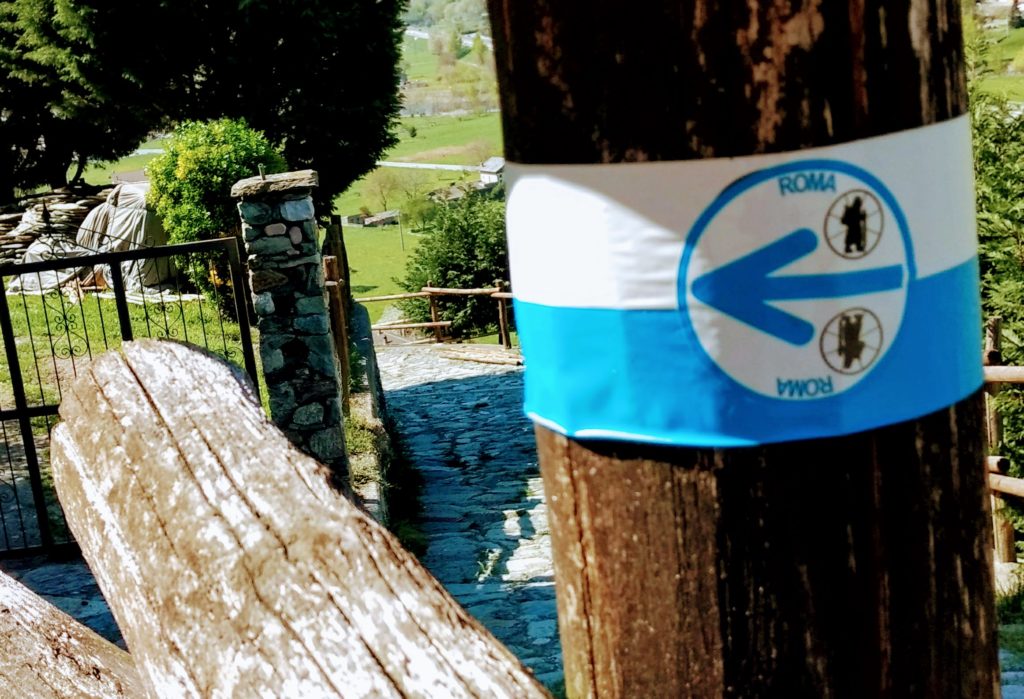
I am a runner, and I often bring this into my teaching. On one of the first days of class I’ll ask my students how many of them want to pass the class, and of course they all raise their hands. I make a mark at one end of the board and tell them that mark represents the first day of class and then a mark at the other end of the board and tell them that represents the finish line; it represents passing. Then I ask them what the problem is with the board.
Someone usually gets it: there is a lot of white space between the two marks. What do we do with all of that space? I tell them that when I first became a runner and decided I wanted to run a half marathon I didn’t just go out and run 13.1 miles. No, I would have hurt myself. Starting running means completing a series of run-walk intervals, slowly increasing the amount of running and decreasing the amount of walking. Learning to run a half-marathon required a lot of training, a lot of patience, and the ability to troubleshoot when problems arose (injuries, illness, bad weather, bad sleep, hangovers, boredom, things more exciting to do than running). I tell my students that the first step is almost-always easy. You need a concrete plan to help you get you through the second and beyond.
So as I keep walking across Italy, while I might have my eyes toward Rome, I have to remember that while Rome might be the final step, there are several hundred thousand steps I need to take before then. And the one that matters the most is this one.
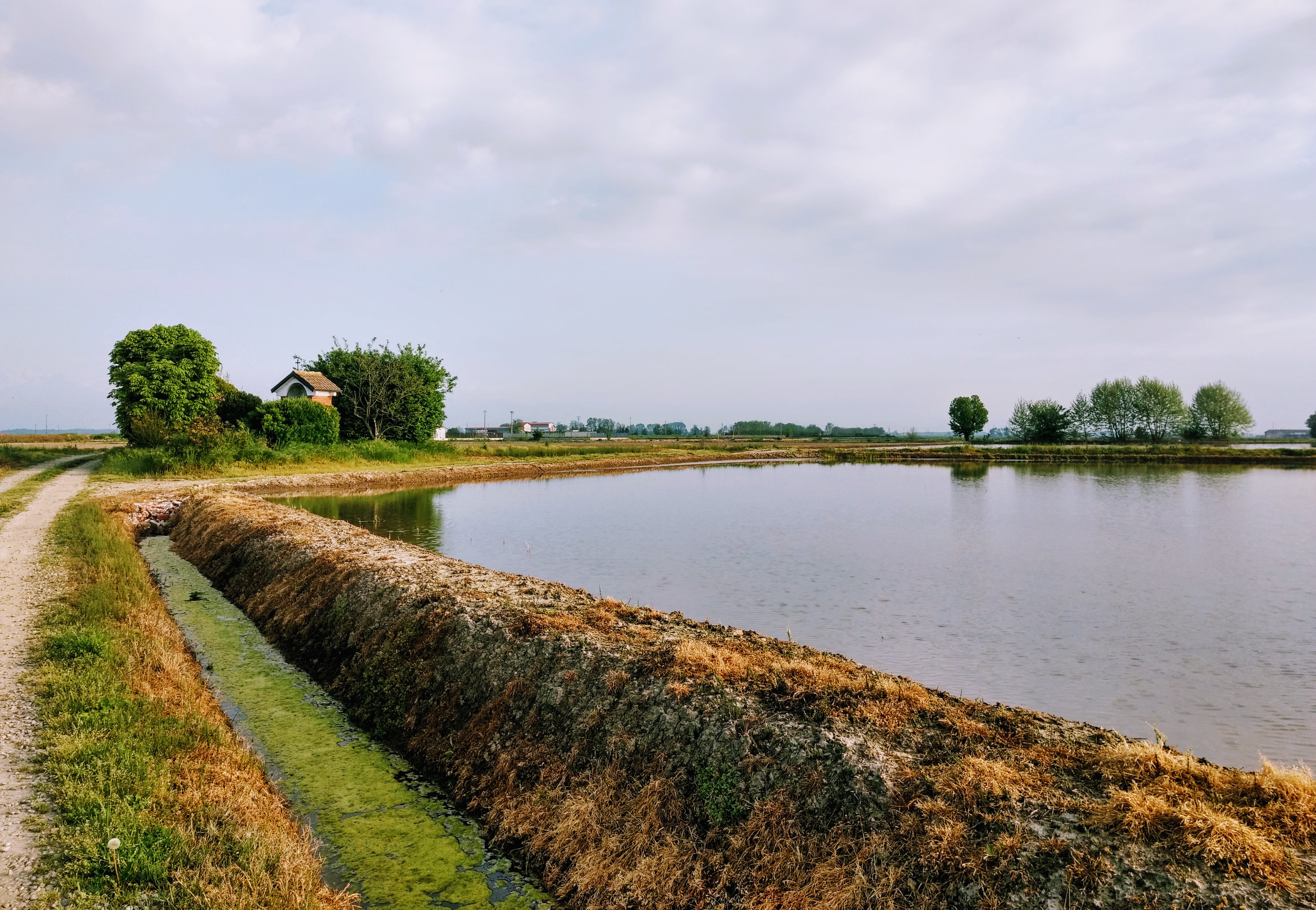



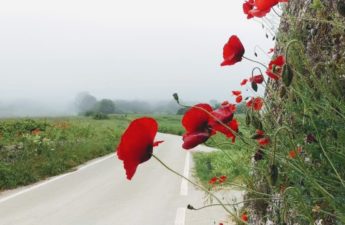
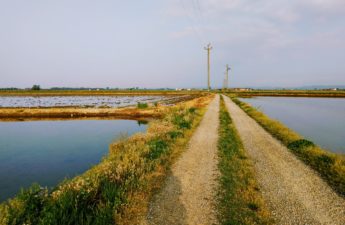
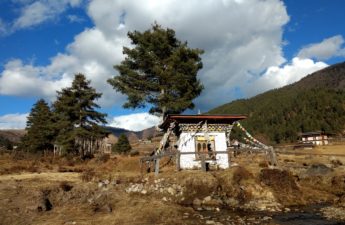
I am truly enjoying reading your continued adventure in Italy. You are a wonderful writer and story teller. I marvel at your writing skills after a physical exhausting day of hiking, then recording your sights, sounds and thoughts. Thank you so much for sharing. I look forward to reading more!
Thanks, Jim, for the kind words! I find that when I get in the rhythm of walking, I’ll write things in my head. They sort of get settled there so even if I can’t write them down for a few days, I can pull them out later. More on that in a few days 🙂
You are one determined, well-disciplined, brave person! I admire you. I felt a little of what you are experiencing when I climbed Mt. Harvard, in 1966. It was the beer that my two companions promised me that kept me putting one foot in front of the other and lifting upward—that kept me going. Great going, Daughtie, I’m proud of you!
Thanks, Mumsie! I didn’t have a beer, but a strawberry gelato was a nice reward. Oddly I was craving a Coke for three days — which I almost never drink! But I do believe small rewards are good incentive. When I started at the gym ten years ago, I paid myself $1 each time I went. Sometimes that dollar was the sole reason I went!
You are so right about the challenge of the second day, and the third, and the ones that follow. I’m so glad you haven’t given up, though — thank you from all of us who are living vicariously!
For someone who isn’t a planner, I actually do very well when faced with something like this. I might complain and be utterly slow, but I will keep going!
Nicely said, and I love the photos. When you arrive in Rome, you can celebrate with one of these: http://www.stile.it/2018/04/28/sea-mountain-valle-daosta-cocktail-id-185933/ (la Valle d’Aosta in un cocktail, the winner of a cocktail competition).
And your story of swimming in the Bay reminds me of the first chapter in Jhumpa Lahiri’s “In Other Words,” where she compares studying Italian to trying to swim across a lake: For years she swam around the edge of the lake (and Italian) before deciding to try crossing through the middle. It was scary at first, but then she took that second stroke, and the third, and . . .
Yum! I could use one of those right now!
I don’t know that I’ve read that — I need to check it out. Sounds in line with my thoughts! Thanks!!
I still can’t believe you are *hiking 600 miles*. You are such a badass.
And I had no idea you’ve done a triathlon! I love how you weave teaching into this post. It’s so true. Getting to the end is so tough. I know I’m exhausted!
You are more than welcome to use my analogy. I think it fits most aspects of life! Hang in there! You’re almost done 😘
I have just signed up to follow your blog and will do so with interest. I am walking solo from Great Saint Bernard Pass on 8 August, so your comments of the lack of waymarking are filling me with dread! Fingers crossed this improves soon and dramatically for both of us! 😉 take care, Mel
You will be fine! It definitely gets better along the way. I’m using the (new) official app, which has helped me multiple times — I’ll check every so often if I’m not sure I’m on the route and if I’m not, it’s been fairly easy to reconnect with the trail. You’ll start intuitively seeing the markers (which aren’t always the same — some seem regional and others are clearly hand made).
And thanks for reading and the kind comment! Feel free to ask me any questions!
I like your writing. I leave for my trek from Fiorenzuola at the end of the month.
Good luck with your adventure.
Thanks for reading! Buon Camino!!!
Another wonderful, powerful read.
Love you and love your journey!
Thanks for sharing!
PS I couldn’t help but think “nevertheless, she persisted” after reading this. 😊
Oh, thanks so much! I’m working on a couple of new posts, though with minimal WiFi, I won’t get them posted probably until next week! Yes…”nevertheless, she persisted….” That’s pretty much every day these days 🙂
I am enjoying your blog as I look forward to starting my own VF on September 1st at Vercelli.
Oh, thank you so much, Adam! Feel free to ask any questions — I started in Aosta and loved the area surrounding Vercelli (it was tough — make sure you bring loads of water — but I loved walking through the rice fields).
Late to the game, but loving your posts. This one I love for its resonance with all journeys, for the references to the bay swimmers who are literally mad (Will is one of them), for the links to the long haul of a semester for all of us learners whether we be educators or students. I miss my TJ wisdom. It is lovely to be immersed in your insights and lens on so many “caminos.” Write on.
I love how this journey helps me find connections with that other life of mine. Reading your kind words helps me remember of all of the good things I have to come back to (not that I still wouldn’t prefer everyone joining me over here — can’t we move the college to Europe?) Write on. Indeed.